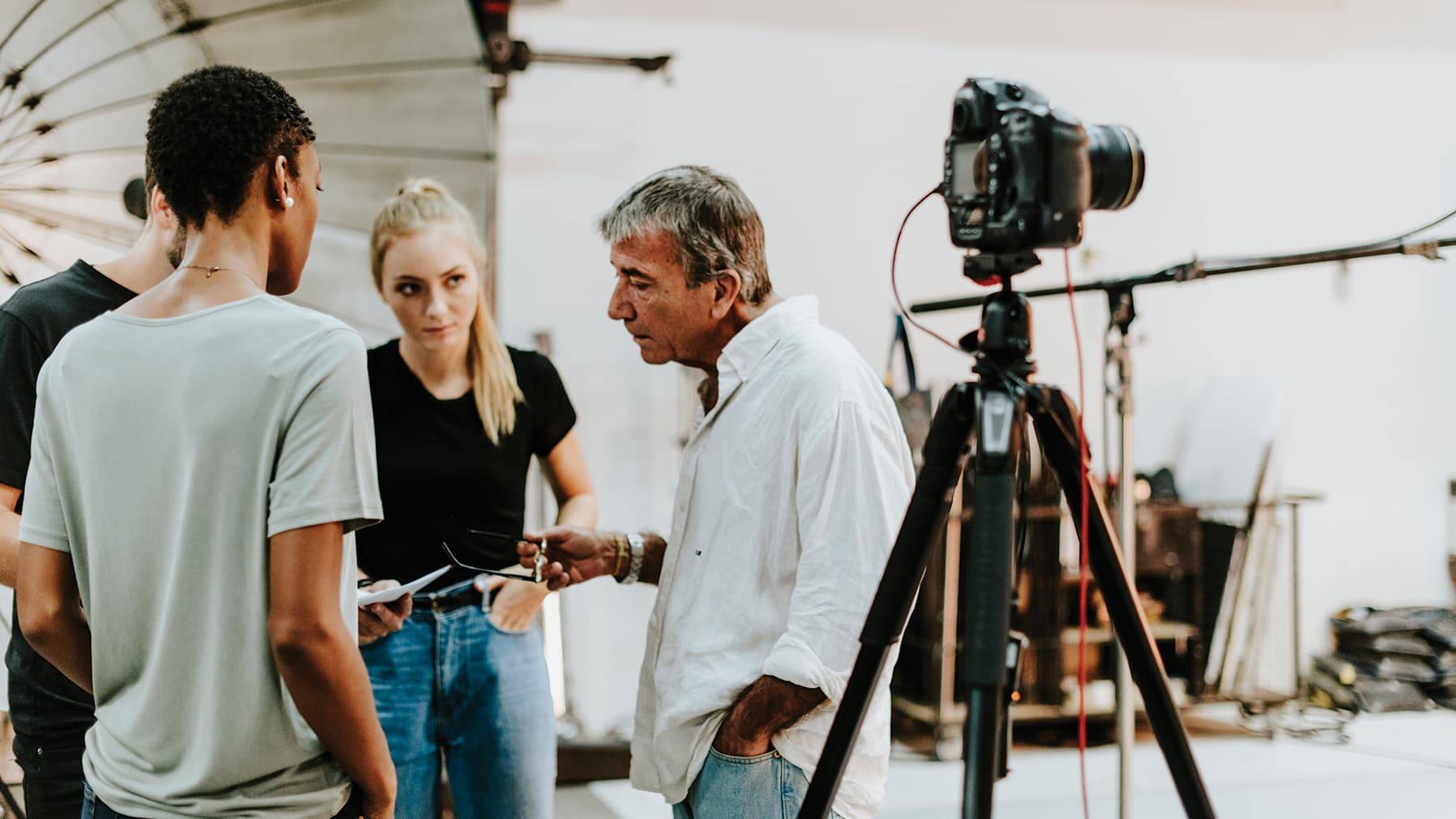Behind the Camera: Understanding the Role of Directors in Movie Production

Behind the Camera: Decoding the Director’s Maestro Role in Movie Making
The silver screen’s magic isn’t conjured by a single wand. It’s the culmination of countless creative minds, each contributing their unique expertise. Yet, amidst this collaborative chaos, one figure stands out, orchestrating the symphony of artistry – the director. More than just a boss, the director is the film’s architect, its emotional compass, and the ultimate storyteller. Understanding their role is key to appreciating the intricate process of filmmaking.
The Director: More Than Just a Title
The director’s responsibilities extend far beyond simply shouting “Action!” and “Cut!”. They are the visionaries, responsible for translating the screenplay’s essence into a tangible cinematic experience. This involves a multifaceted approach, blending artistic flair with meticulous planning and exceptional people management skills.
Think of a conductor leading an orchestra. Each musician is talented, but without the conductor’s guidance, the music remains disjointed. Similarly, a film’s numerous departments – cinematography, sound, acting, editing – require a unifying force, and that force is the director.
The Director’s Pre-Production Symphony: Laying the Foundation
Before a single frame is shot, the director’s work begins. This phase, known as pre-production, is a period of intense preparation and planning. They collaborate closely with the producers to define the film’s visual style, casting choices, and overall budget. Storyboarding, casting calls, location scouting – these are just a few of the crucial tasks the director oversees.
This stage requires meticulous attention to detail. The director needs to translate their vision into a cohesive plan, ensuring every element aligns with the film’s overall narrative and aesthetic. A single misplaced prop or an ill-fitting actor can throw the entire production off balance.
Production: The On-Set Orchestration
Production is where the director truly takes center stage. They guide the actors through their performances, meticulously crafting each scene’s emotional arc. This involves close collaboration with the cinematographer to determine camera angles, lighting, and overall visual composition. The director works in tandem with the sound department to ensure that the audio perfectly complements the visuals, enhancing the film’s emotional impact.
This phase is dynamic and demanding. The director must constantly adapt to unexpected challenges, maintaining their vision while making crucial on-the-spot decisions. Their ability to inspire and motivate the crew under pressure is paramount.
Post-Production: The Final Polish
Even after the cameras stop rolling, the director’s involvement continues. Post-production involves meticulous editing, sound mixing, and color grading. The director works alongside the editor to refine the film’s narrative flow, ensuring a compelling and cohesive story unfolds on screen. They provide crucial creative input, shaping the film’s final cut and overall impact.
This stage requires patience and precision. The director reviews countless takes, making subtle adjustments to refine the pacing, tone, and emotional resonance of the film.
Different Strokes for Different Folks: Directorial Styles
Directorial styles are as diverse as the filmmakers themselves. Some favor a collaborative approach, empowering their crew to contribute creatively. Others maintain a tighter grip, meticulously controlling every detail.
| Directorial Style | Characteristics |
|---|---|
| Auteur | Strong personal vision, significant creative control |
| Collaborative | Values input from crew, fosters teamwork |
| Technical | Focuses on visual effects and technical aspects |
| Narrative-Driven | Prioritizes storytelling and character development |
Ultimately, a director’s success hinges on their ability to translate their artistic vision into a captivating cinematic experience. They are the architects of emotion, the storytellers who weave magic on screen. Understanding their crucial role is essential to appreciating the art of filmmaking.

